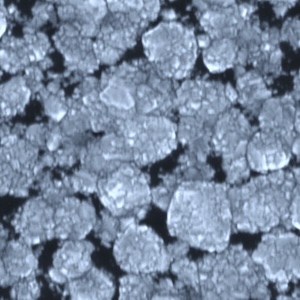New Synthetic Diamond Growth Method Not for Gems—Yet
By Rob Bates | April 30, 2024

"Researchers at the Institute for Basic Science in South Korea say they’ve developed a new way to grow diamonds that doesn’t require high pressure or diamond seeds.
But contrary to what’s suggested by some headlines, it’s not clear whether their method will have an impact on the market for lab-grown diamond jewelry.
“Our research is ‘early-stage’ and basic science,” Rodney S. Ruoff, director of the Institute for Basic Science’s Center for Multidimensional Carbon Materials, tells JCK via email.
“There is much to learn still,” he adds. “The answer to your question [about gem production] is thus ‘perhaps.’”
In a paper published in Nature, a team of scientists including Ruoff said they were able to grow polycrystalline diamond at low pressure, using gallium, iron, nickel, silicon, and a graphite crucible, with silicon playing a “critical role” in the process. Unlike the HPHT (high pressure, high-temperature) and CVD (chemical vapor deposition) techniques, this new method doesn’t require a diamond seed and can produce diamond within 150 minutes. (Most methods take over a week.)
Bob Basnett, CEO of Plasmability, a lab-grown diamond company based in Austin, Texas, says via email that the method “has nothing to do with gems at the moment. They are making polycrystalline diamond in very thin layers.
“It is quite interesting how they do it,” Basnett says. “The hope is that it can someday be used to create large-area diamond substrates for electronic applications.”
Stephen Goodnick, an electrical engineer at Arizona State University, told Science that “if they could make larger single crystals, that would be fantastic.”
Many in the burgeoning industrial diamond field hailed the discovery. An Institute for Basic Science statement said it “could revolutionize diamond manufacturing.”
One of the scientists who worked on the project, Meihui Wang, said in the statement, “This synthesized diamond with silicon-vacancy color centers may find applications in magnetic ... "
https://www.jckonline.com/editorial-art ... nd-growth/